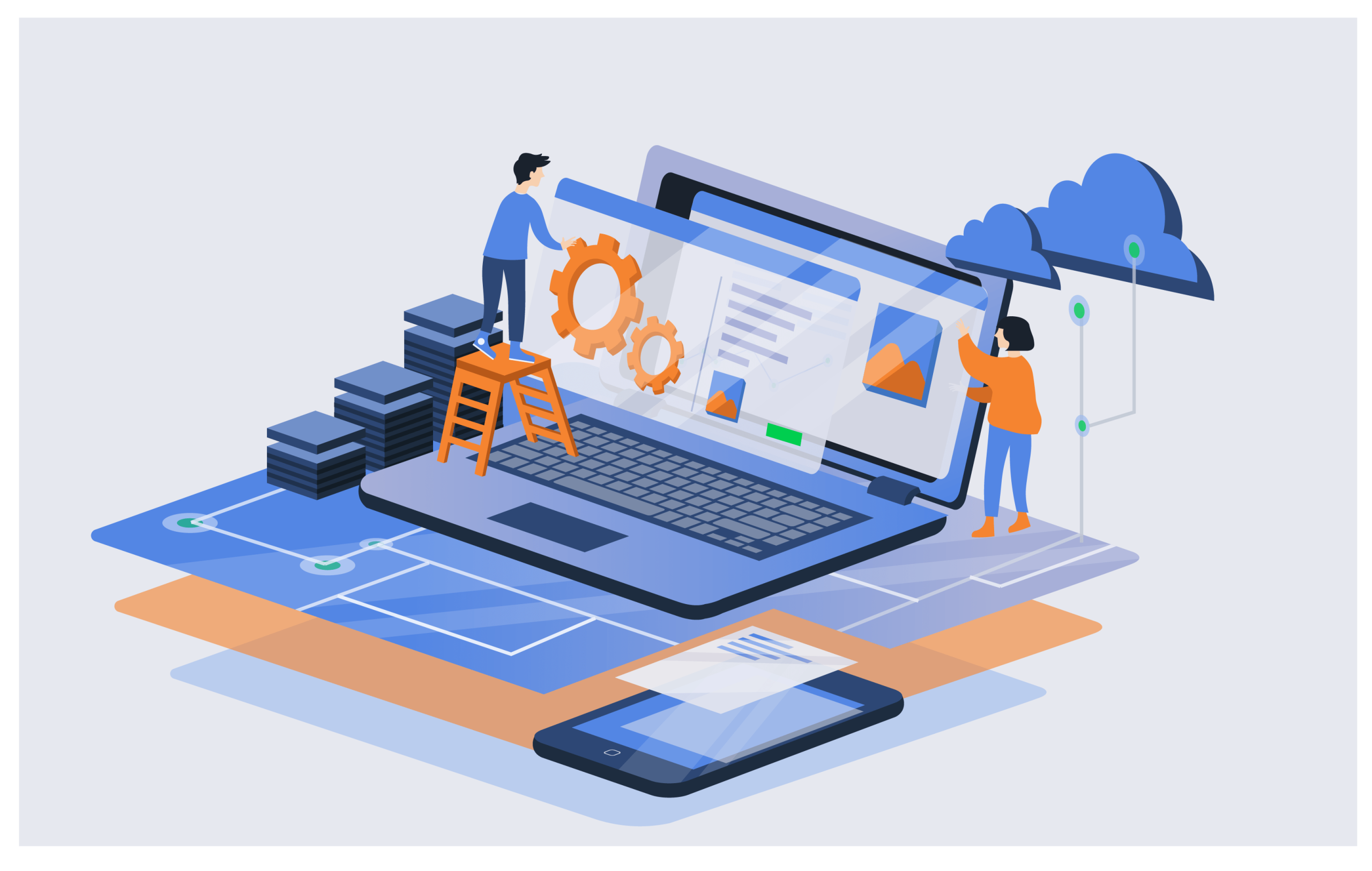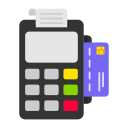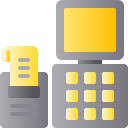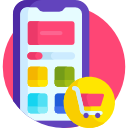Designing Websites For Users With Disabilities

The internet has become an integral part of modern society, connecting people from different backgrounds and cultures. Unfortunately, many websites are still not designed with the needs of users with disabilities in mind. This can create barriers that limit access to important information and services, which is why to ensure that everyone gets to browse the internet properly, web development company Calgary will explore the importance of designing websites for users with disabilities and provide some tips for making your website more accessible.
Understanding Disabilities and Web Accessibility
First things first, we have to understand disabilities and web accessibility.
In order to design accessible websites, it’s essential to understand the types of disabilities that affect web users. These may include visual, hearing, mobility, or cognitive impairments.
To accommodate these users, web accessibility standards and guidelines have been established. The Web Content Accessibility Guidelines (WCAG) are widely used and provide a comprehensive framework for designing accessible websites.
Key Considerations for Designing Accessible Websites
Here are some key considerations to keep in mind when designing websites for users with disabilities:
Color Contrast and Font Size
Users with visual impairments may struggle to read text that is too small or poorly contrasted against the background. Make sure to choose a font size that is legible and use colors with high contrast ratios to make text stand out.
Navigation and Keyboard Functionality
Some users may not be able to use a mouse, so it’s essential to provide keyboard shortcuts for navigation. This can also benefit users with mobility impairments who may have difficulty using a mouse.
Media Alternatives
Users with hearing impairments may not be able to access audio content. Consider providing captions or transcripts for audio and video content.
Clear and Concise Content
Users with cognitive impairments may struggle with complex language and long paragraphs. Make sure to use clear and concise language, bullet points, and short paragraphs to make your content more accessible.
Tools and Resources for Evaluating and Improving Web Accessibility
Several tools and resources can help you evaluate and improve the accessibility of your website. Automated accessibility testing tools can quickly identify issues with your website’s accessibility. User testing and feedback can also be valuable for identifying accessibility issues that may not be caught by automated tools. Web accessibility certification programs are another way to demonstrate your commitment to accessibility.
Common Challenges and Solutions in Web Accessibility
Different types of websites may face unique challenges when it comes to accessibility. For example, e-commerce websites may need to ensure that product descriptions and images are accessible to users with disabilities. Government websites may need to provide access to public services and information for users with disabilities. There are many best practices and solutions available to address these challenges, including third-party tools and plugins.
Final Thoughts
Designing accessible websites is essential for ensuring that all users can access important information and services online. By keeping the needs of users with disabilities in mind, you can create websites that are more accessible and inclusive. By following the guidelines and recommendations outlined in this article, you can help to remove barriers and make the internet a more accessible place for everyone.














